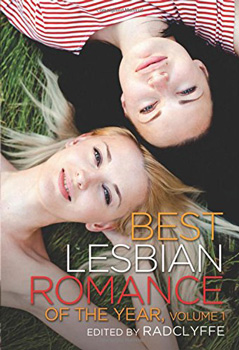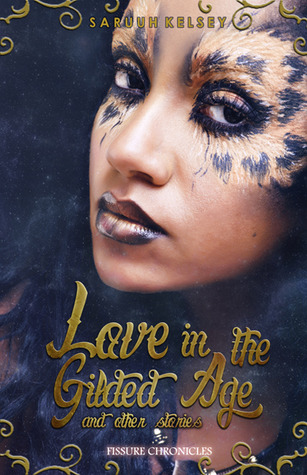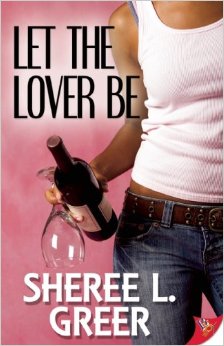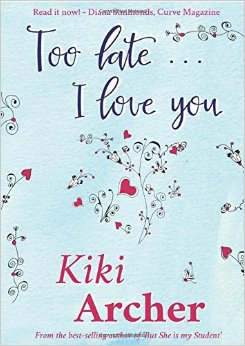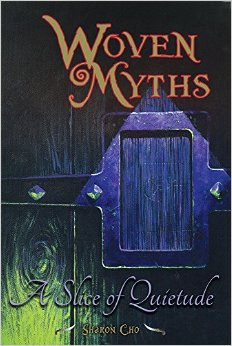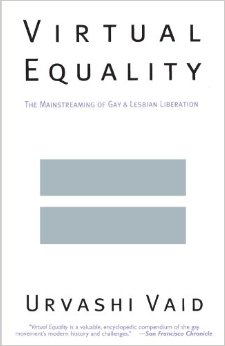I am so happy I read this anthology. The introduction starts with an Audre Lorde quote, which is the right way to kick off a book. The stories ran the gamut from meeting cute to the culmination of decades of longing. Every story ended happily, those happy endings felt genuine and deserved, and drama and angst never overwhelmed any of the love stories. Romance can be hard to condense into a short story, but editor Radclyffe curated a solid collection of 18 tales. This book includes stories from established writers like Sacchi Green, Rebekah Weatherspoon, and Giselle Renarde, among many others.
There’s plenty of sex in this anthology, a lot of which rivals some erotica anthologies in terms of heat. I was delighted by this. The sex scenes seemed largely organic to the relationships in these stories and were an extension of the romance. Not every story included sex, and some of my favorite stories involved little more than kissing, a testament to the great writing in this book.
I was glad that this collection had so many stories of long-term couples. This included a couple of more than a decade trying to beat the heat by getting out of their old and AC-less house (and having hot sex) in “Cooling Down, Heating Up.” In “Little Bit of Ivory,” a couple reconnects after one woman has been traveling for work. “A Royal Engagement” offered up a lesbian member of the British royalty and gave her a charming engagement story, while “Going to the Chapel” features a couple bringing out the best in each other, even in absurd circumstances, on the way to their own wedding. “Gargoyle Lovers” rounds out the wedding theme with a sexy Parisian honeymoon. “Wiggle-Wiggle-Womp” comes with a cute twist. “Beautiful” features a kinky narrator and her partner returning to their local BDSM scene after a battle with cancer has transformed the narrator’s body. I loved the way “Beautiful” showcased the tenderness and freedom submission can bring, all while rejecting normative ideals about bodies and beauty. My absolute favorite story in this collection was Rebekah Weatherspoon’s “Forever Yours, Eileen,” about Eileen and June, lifelong friends over the age of sixty who are finally exploring the relationship they’ve both wanted, and waited for, for years. June and Eileen were friends as children in the South, separated when June’s family moved north in fear of 1950s racial violence. Their love bloomed in letters and brief visits even as they married men, raised children, and built typical-looking lives. Now both single, Eileen is meeting June in New York. This one made me cry in a good way.
There were also plenty of couples starting new relationships, too. Radclyffe’s lovely story “Bad Girls and Sweet Kisses” reminded me of being eighteen and in love for the first time. A stuck light bulb sparks new feelings about a helpful friend in “Light.” Camping sounds a lot more fun in “Waterfall” (even though there’s a concussion in this story). You get to indulge your barista-crush in “Red Velvet Cake.” An out-of-character nude modeling gig leads to self-discovery and romance in “Some Nudity Required.” Grumpy teenagers find love with some help from a hippie in “Love Dance.” An ex shows growth in “Dance Fever,” and an assistant gets to see a softer side of her sexy, ice queen boss in “Unexpected Bliss.” “Long Drive” is unique and charming because it focuses on a couple who have been conducting their relationship via phones and Internet after meeting online, and are meeting in person for the first time. Though a few of these new couple love stories seemed to progress their relationships quite fast, it didn’t seem all that unrealistic.
The only story I didn’t really like was “Like a Breath of Ocean Blue,” about a woman crushing on her coworker by the sea. It was just too overwritten for me and the love interest didn’t read like an authentic person. One lackluster story in a collection of eighteen is not bad though.
I was very happy that there was some diversity in gender presentation in this book, and people of different sizes and ages. I wanted more racial diversity, though. With a few exceptions, like “Going to the Chapel” and “Forever Yours, Eileen,” there were a lot of white people in this book. This might just be me, but I also wished Best Lesbian Romance of the Year: Volume One had included a story about lesbians raising kids or on the road to parenthood.
Quibbles aside, this is an excellent anthology of lesbian romance. If you’re at all interested in the genre, you should read this. Highly recommended.

